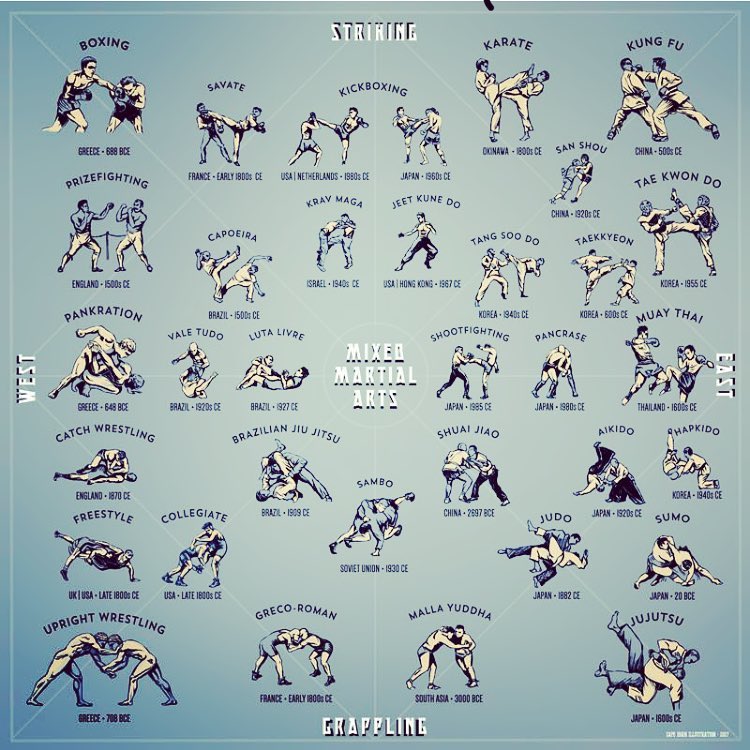The Development And Historic Context Of Martial Arts Worldwide
The Development And Historic Context Of Martial Arts Worldwide
Blog Article
what is kajukenbo made out of -Winkler Workman
Martial arts have an interesting background that covers centuries and continents. You might locate it fascinating exactly how ancient practices like Shuai Jiao and Kalaripayattu prepared for contemporary combat strategies. These disciplines not only emphasize physical abilities but additionally show the cultures that birthed them. As you explore their advancement, take into consideration how globalization has actually transformed these conventional forms into hybrid styles. What impacts do you believe have shaped today's martial arts landscape?
Ancient Martial arts: The Structures of Battle
As you look into the world of ancient martial arts, you'll find the abundant foundations that shaped fight strategies across societies. Very early techniques focused on Self-Defense and survival, often incorporating strikes, grappling, and weaponry.
In old China, for instance, techniques like Shuai Jiao emphasized tosses and joint locks, while India's Kalaripayattu showcased dexterity and liquid activity. related webpage established Kenjutsu, a refined swordsmanship that highlighted self-control and strategy.
These martial arts offered not just for fight however likewise as a means of personal growth, instilling values like regard and willpower. The blending of these strategies in time prepared for the diverse martial arts you see today, each reflecting the one-of-a-kind philosophies and demands of its society.
The Cultural Influence on Martial Arts Growth
While martial arts usually mirror the practical needs of a society, they additionally embody the cultural values and ideas of their origins. When you explore various martial arts, you'll discover just how they're influenced by religious beliefs, philosophy, and social standards.
For example, the focus on regard and discipline in Japanese martial arts originates from Zen Buddhism and samurai society. On the other hand, Brazilian Jiu-Jitsu advertises flexibility and strategy, shaped by the need for effectiveness in a varied, modern atmosphere.
You may discover that the routines, uniforms, and training methods reflect a neighborhood's history and identity. By recognizing these cultural impacts, you deepen your appreciation of martial arts and their duty fit human experiences across the globe.
Modern Adaptations and the Globalization of Martial arts
Martial arts have actually changed substantially in recent years, adjusting to contemporary society and worldwide impacts. You'll see that typical kinds have combined with modern techniques, developing hybrid styles like mixed martial arts. These adjustments accommodate varied audiences, making martial arts obtainable and enticing globally.
With the increase of social networks and digital systems, you can locate tutorials and competitions from all edges of the world, damaging geographical barriers. This globalization has actually led to a shared admiration for various disciplines, from Brazilian Jiu-Jitsu to Taekwondo.
As what is a five finger death punch in martial arts engage with these arts, you'll recognize they're not almost fight; they promote physical fitness, self-control, and mental wellness.
Eventually, modern-day adaptations have actually improved the martial arts landscape, making it a dynamic and developing practice.
Verdict
In checking out the history and advancement of martial arts, you reveal a fascinating blend of techniques, societies, and viewpoints. From old techniques like Shuai Jiao and Kalaripayattu to the contemporary flexibility seen in mixed martial arts, martial arts show mankind's pursuit for Self-Defense and individual development. As you involve with these practices, you not just gain skills however also a much deeper recognition for the diverse customs that form our globe today. So, proceed your trip and accept the art of combat!
